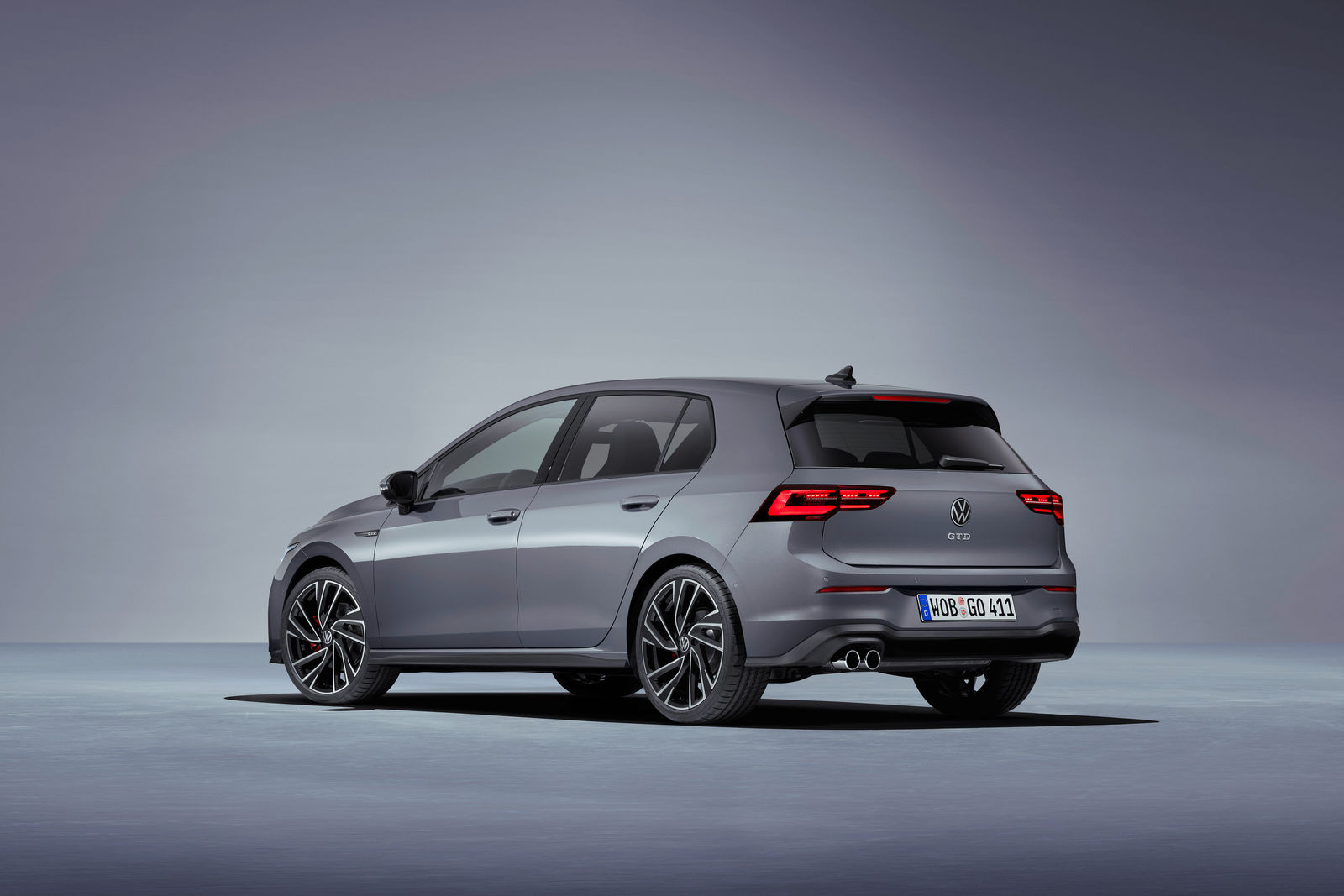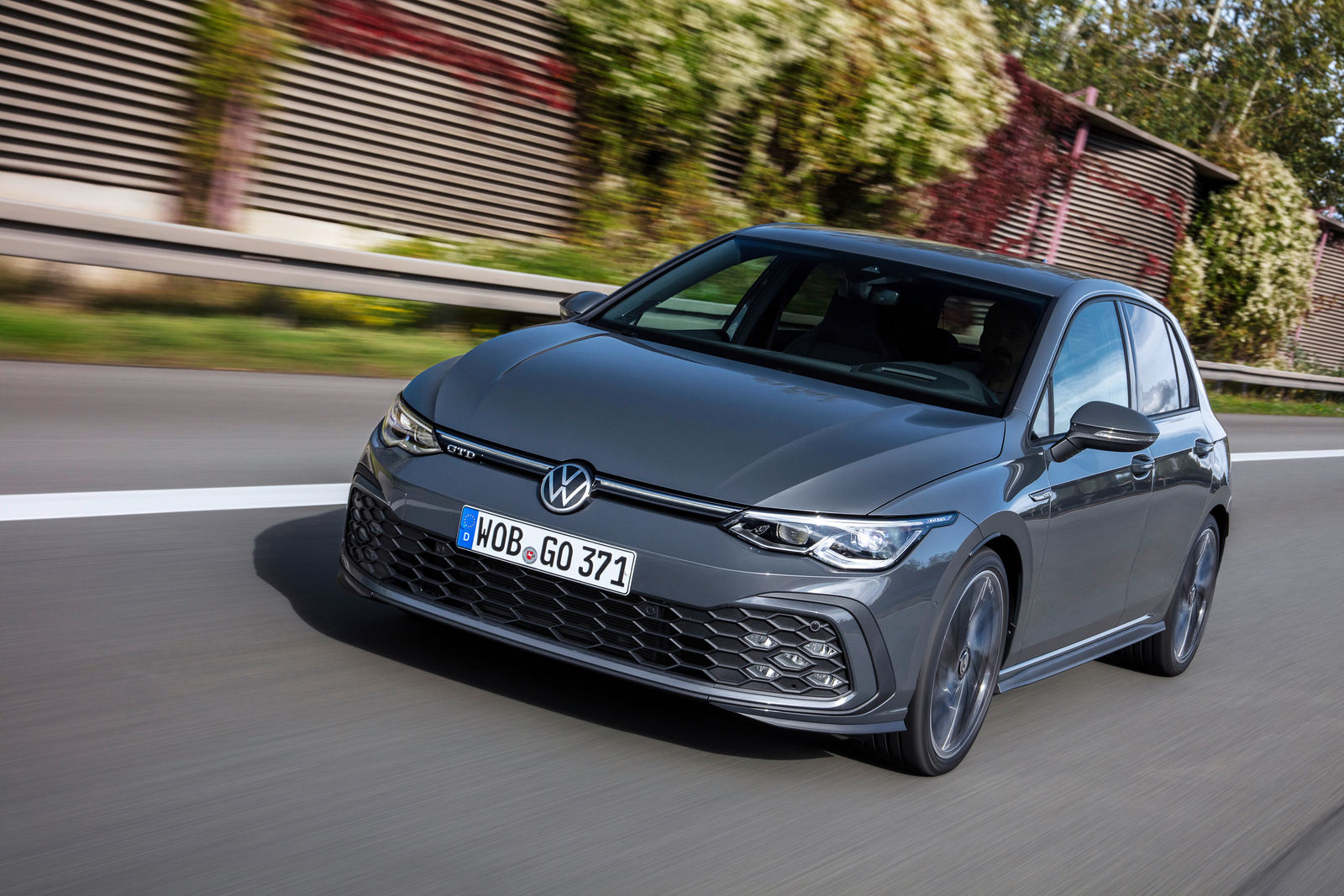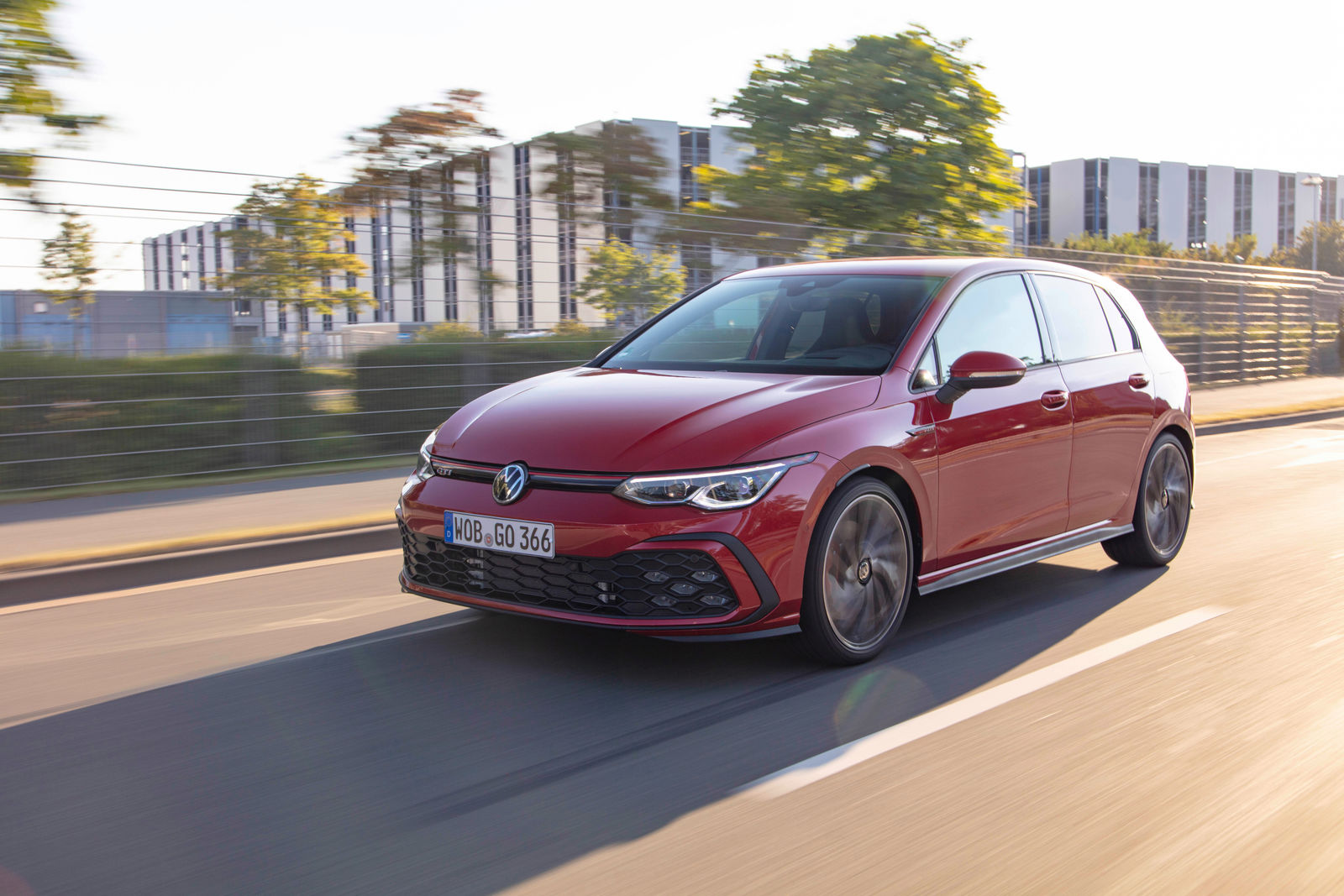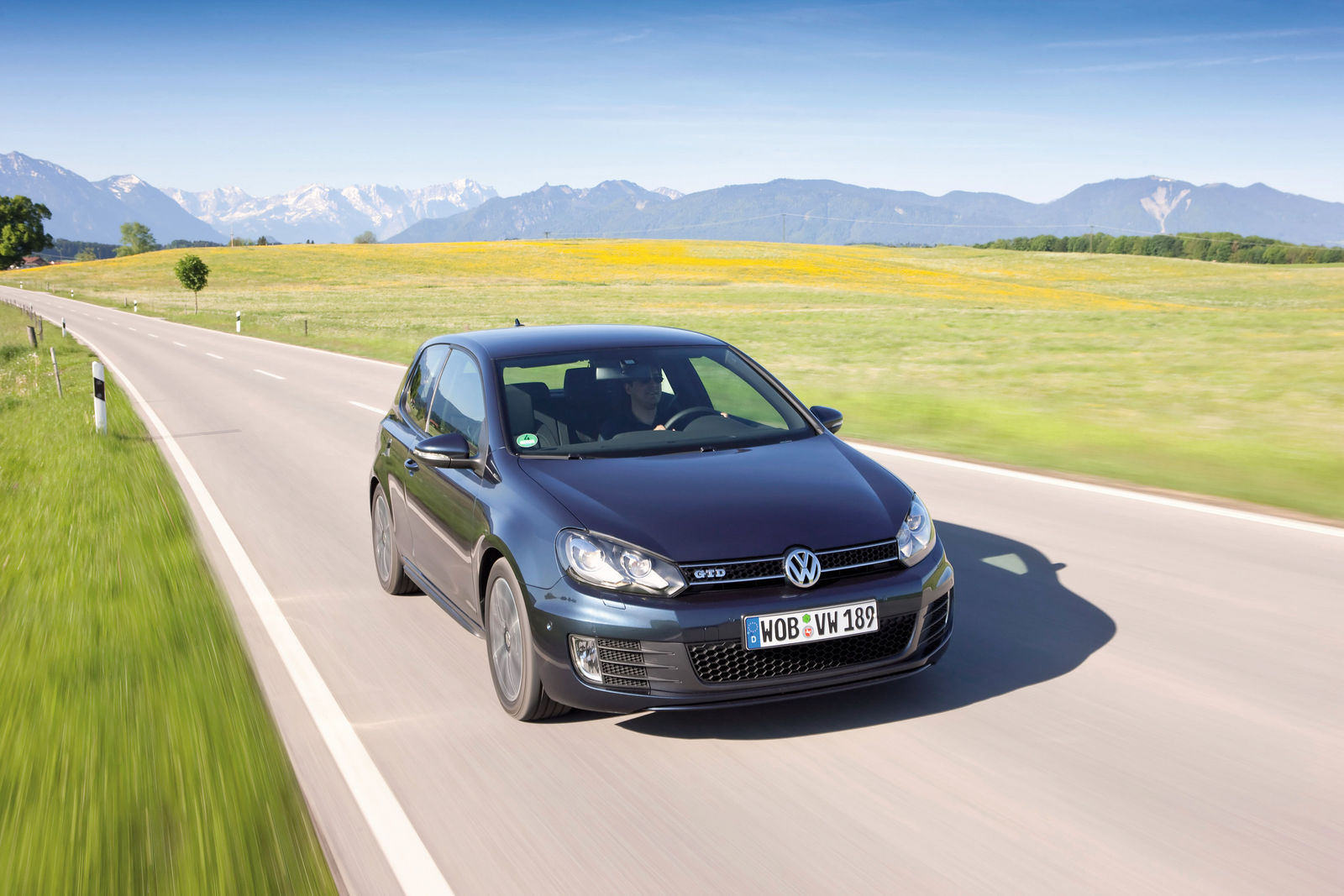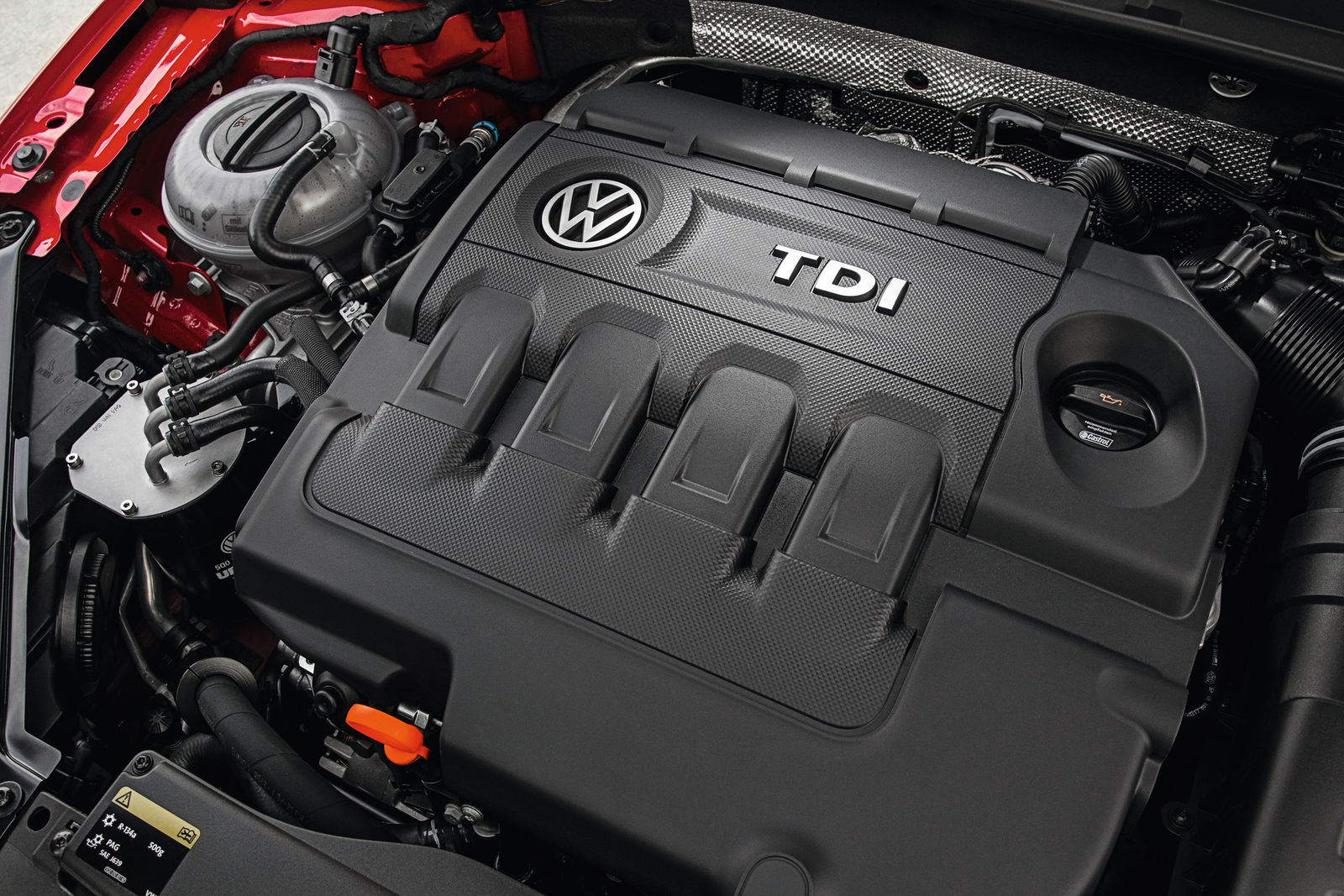Chassis has optional DCC
The new Golf GTD is equipped with a sport chassis lowered by 15 millimeters. The entire architecture of springs, dampers and rear stabilizer were completely retuned for the sporty turbo-diesel. Up front, the familiar strut-type suspension operates with helical springs and telescopic dampers. In the rear, the innovative multi-link suspension ensures that the ESP system seldom needs to intervene. As an option, the new Golf GTD can be ordered with dynamic chassis control (DCC). The system continually reacts to the roadway and driving situation and modifies the damper characteristic accordingly. DCC also reacts to acceleration, braking and steering inputs. This resolves the apparent conflict in goals between a stiff, sporty layout and a comfortable one. Background: A gain in sportiness generally means a loss of comfort, and the opposite holds true as well.
